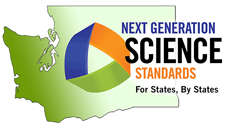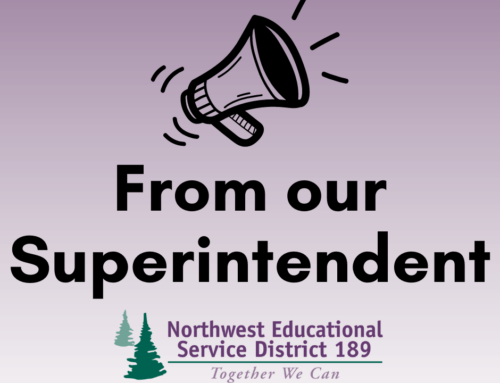Educators Evaluating the Quality of Instructional Products (EQuIP) Rubric for science provides ways to think about our three dimensional science teaching
 Just last week I wandered outside the NWESD Region and found myself in a room of 175 science educators from across Washington State. I stopped at one table group and noticed they were involved in pulling on pieces of plastic. At another table, there was a group engaged in a discussion about how to use their iPhone to capture the breaking point of the plastic. What in the world was going on?
Just last week I wandered outside the NWESD Region and found myself in a room of 175 science educators from across Washington State. I stopped at one table group and noticed they were involved in pulling on pieces of plastic. At another table, there was a group engaged in a discussion about how to use their iPhone to capture the breaking point of the plastic. What in the world was going on?
The Next Generation Science Standards (NGSS) incorporate shifts in our thinking about what quality science instruction looks like in the classrooms. Teachers are asked to lead their students to deeper learning and the understanding of science in a three dimensional way. (see my Talk of Jan 4, 2016 – Defining alignment to NGSS and my Talk of Jan 26, 2016 – What is Deeper Learning?)
How can one tell if the lesson accomplishes the goals of teaching to the NGSS? How can one be sure they’re getting to deeper learning? Here enters the EQuIP rubric for science. This tool is a set of criteria that will help teachers think about their lessons, as well as a professional learning tool to help teachers change their practice to incorporate NGSS. Beginning with a phenomena to engage student thinking, the rubric walks systematically through the three dimensions in the framework: science and engineering practices, cross-cutting concepts and disciplinary core ideas. In addition, the rubric focuses on science for all students (equity of access) and challenges teachers to consider the coherence of science instruction and assess their own abilities to assess student thinking.
Want to learn more about the EQuIP rubric? You can visit it here. If you would like support for using the EQuIP rubric, you can contact Joanne Johnson (jjohnson@nwesd.org) or Brian MacNevin (bmacnevin@nwesd.org) at NWESD.


